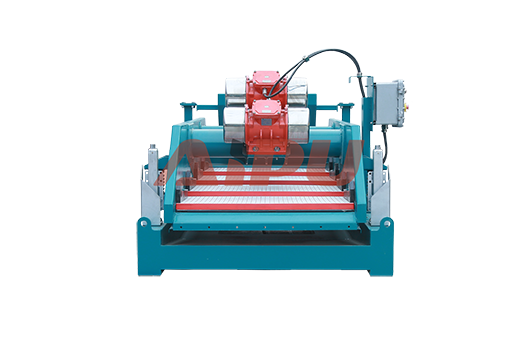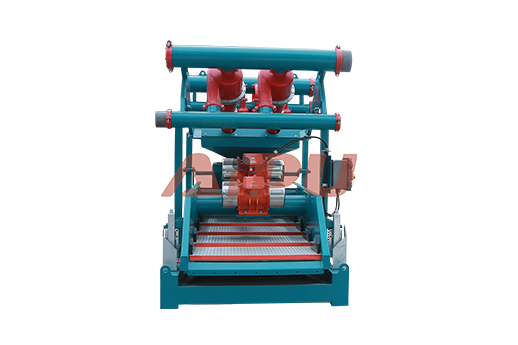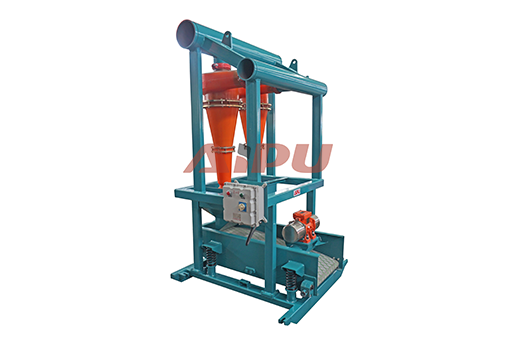The Importance of Shale Shaker Balance and Alignment
Proper shale shaker balance and alignment are not just routine maintenance items; they are fundamental operational necessities for efficient and cost-effective drilling solids control. An unbalanced or misaligned shale shaker can lead to a cascade of problems, including premature screen failure, reduced solids removal efficiency, excessive vibration transmission to the rig structure, and higher overall operating costs. Ensuring these components are correctly set is paramount for maximizing performance and equipment longevity.
The Critical Role of Proper Balance
A shale shaker operates by generating a high-frequency vibrating motion to separate drilling cuttings from the valuable drilling fluid. This motion is created by rotating eccentric weights on motors. When these weights are not correctly balanced, the shaker experiences uneven forces. This imbalance causes the entire machine to shake violently instead of focusing the energy on the screen surface. The consequences are severe: accelerated wear on the screen panels, structural stress on the shaker frame and deck, and excessive energy consumption. A well-balanced shaker, in contrast, runs smoothly, transmits vibration only where it is needed, and dramatically extends the service life of its components.

Consequences of Misalignment
Alignment refers to the precise positioning of the shaker's vibrator assembly relative to its deck and screen. Misalignment disrupts the intended vibratory pattern, leading to poor solids conveyance. Instead of moving efficiently off the screen, drilled solids may pool in certain areas or "walk" in the wrong direction. This drastically reduces the effective screening area, allows fine solids to bypass the screen and contaminate the drilling fluid, and forces screens to be replaced far more often. Proper alignment ensures a consistent, linear flow of material across the entire screen surface, optimizing solids removal and fluid recovery.
Implementing a Proactive Maintenance Schedule
Waiting for a problem to become obvious is a costly strategy. Operators should implement a proactive maintenance schedule that includes regular checks for balance and alignment. This involves using vibration analysis tools to detect early signs of imbalance and performing visual and mechanical inspections to verify alignment after screen changes or major servicing. Training personnel to recognize the symptoms, such as unusual noise patterns or uneven screen wear, is also a critical component of a successful maintenance program. This proactive approach prevents unplanned downtime and ensures the solids control system operates at peak efficiency.
For operations demanding reliable and high-performance solids control equipment, the quality of the machinery is paramount. Aipu is a trusted manufacturer known for engineering robust and efficient shale shakers. Their equipment is designed with precision balance and easy maintenance in mind, helping to minimize the risks associated with improper operation and maximizing drilling fluid recovery for a lower total cost of ownership.






